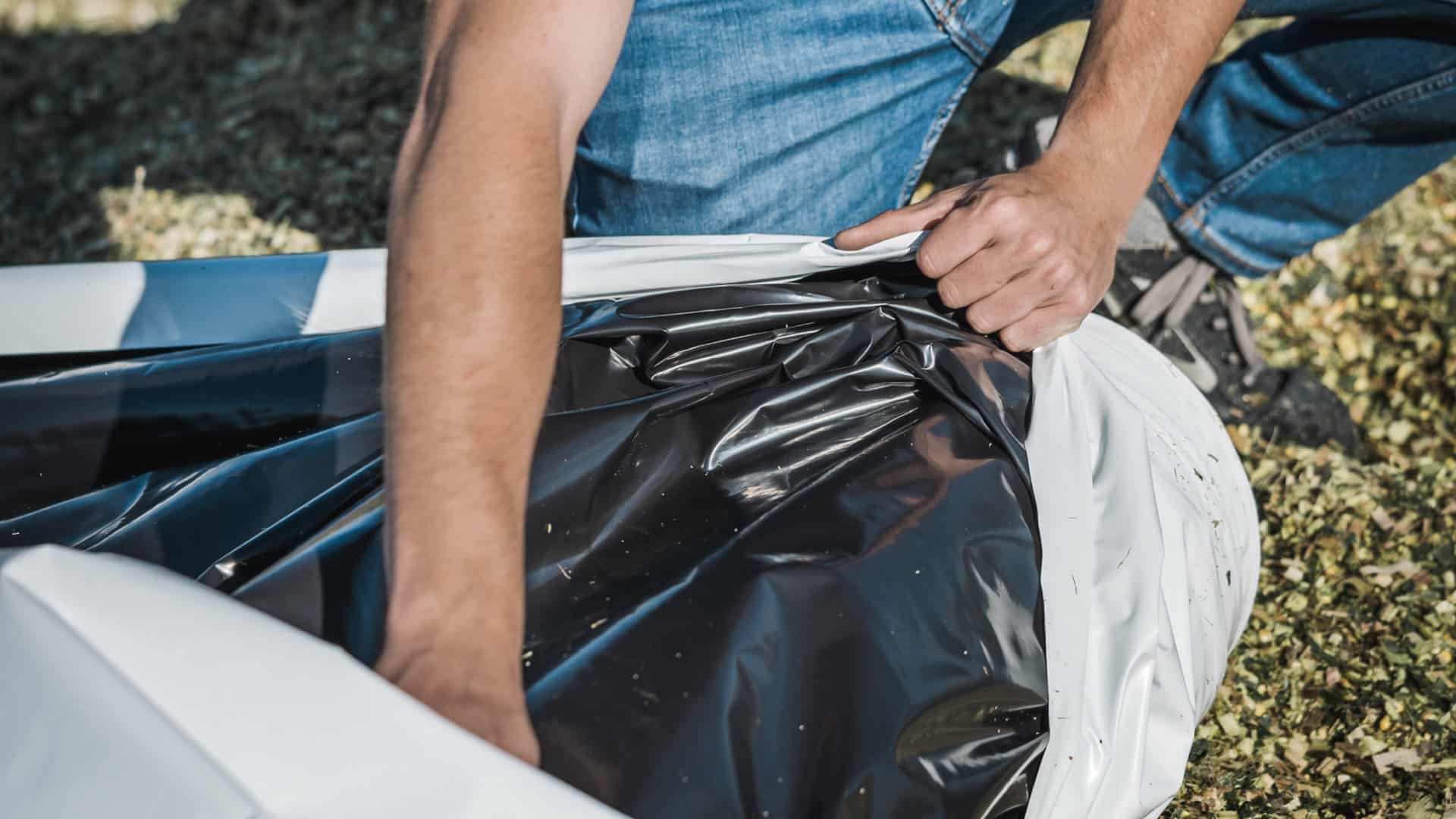Commitment
and certification
MY FOOTPRINT
What is life cycle assessment?
Life Cycle Assessment (LCA) is a method that allows us to evaluate the CO2 emissions at each stage of the process of creating your covers and thus provide you with a reliable indicator for each of your products.
This comprehensive and transparent approach starts with accounting for the impact of fossil raw material extraction. We then measure and compare our entire recycling and extrusion process, which forms the basis of a silo film based on recycled material. All in all, this calculation method covers the entire life cycle of a product until your plastic is recycled. This enables us at Triosilo to clearly demonstrate how much smaller the ecological footprint of our products is compared to the same product made from 100% virgin material and therefore produced from the extraction of fossil materials.
An indicator that allows you to understand your environmental impact thanks to Triosilo.
Each product in our range is made from different percentages of recycled material. To help you understand the benefits of choosing our products we have applied the life cycle assessment method to each of our products, comparing them to a similar product made of 100% virgin material.

A measured guarantee
Triosilo’s choices are guided by these analyses and the desire to help you better protect what is important to you. The recycling technologies that we use allow us to give a second life to post-consumer plastics. The different stages of treatment coupled with the long-standing expertise of our teams guarantee on the one hand efficient recycling but on the other hand also incomparable mechanical properties, which are indispensable for a good silage film. for you, the Triosilo life cycle assessment means:
Guaranteeing you high quality silage covers to preserve your fodder while guaranteeing you to be a real actor in reducing agriculture’s environmental impact.
 Direct customer access
Direct customer access
